【UNESCO Intangible Cultural Heritage】The Kakunodate Matsuri started in the 1600's. A rare festival of Japan, it is co-held by both shrine and temple. Four meter tall floats called "Hikiyama", the key roles of this festival, are elaborately decorated and topped with figures of Samurai. These 18 Hikiyama floats are each pulled using ropes by dozens of local men who give prayers to "Kami" (divine spirits in Shintoism) and "Hotoke" (the spirit of Buddha) while parading throughout the town. The cheerful festival music plays accordingly and the local women wrap themselves in kimonos to dance, on end, the traditional festival dance. The climax is when the Hikiyama fight over who has the right of way. This is called "Yama Buttsuke" (pronounced `Yama Boots-K`), or "Float Crashing". The site of dozens of men wrestling with massive floats amongst an ocean of confusion has not changed for over 400 years.
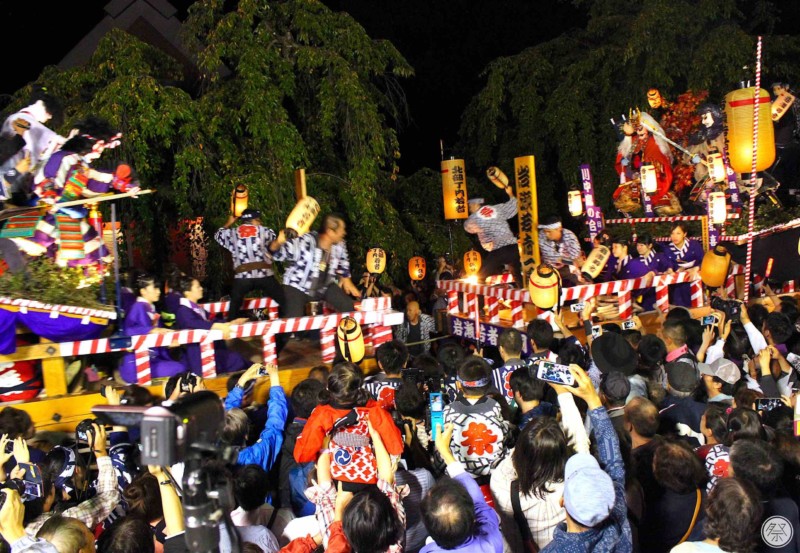
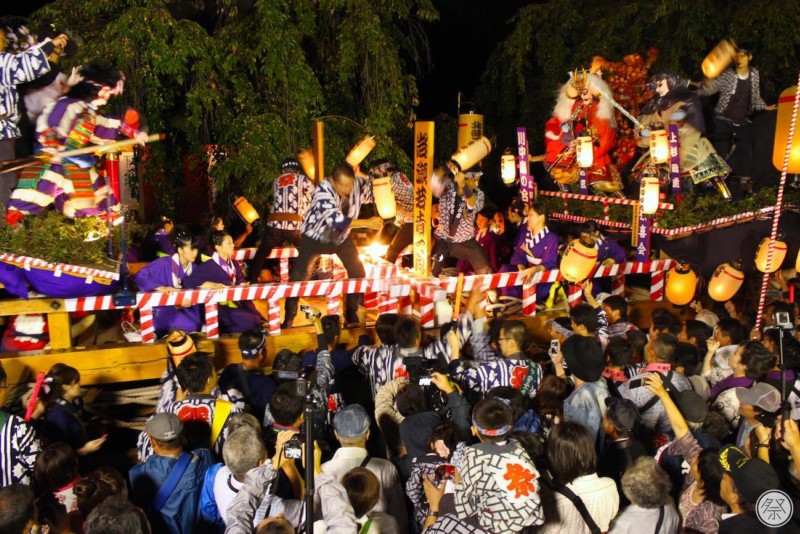
The highlight of Kakunodate Matsuri is the Yama Buttsuke (Clash of the Floats). Local men argue and fight over the right to proceed, but eventually fail to come to an agreement. The ensuing fight using the Hikiyama is the main part of this festival, a popular event overflowing with bravery and passion. The traditional paper lanterns, or "chochin", cast light on the Hikiyama throughout the night which start to take on the resemblance of the divine swaying souls.
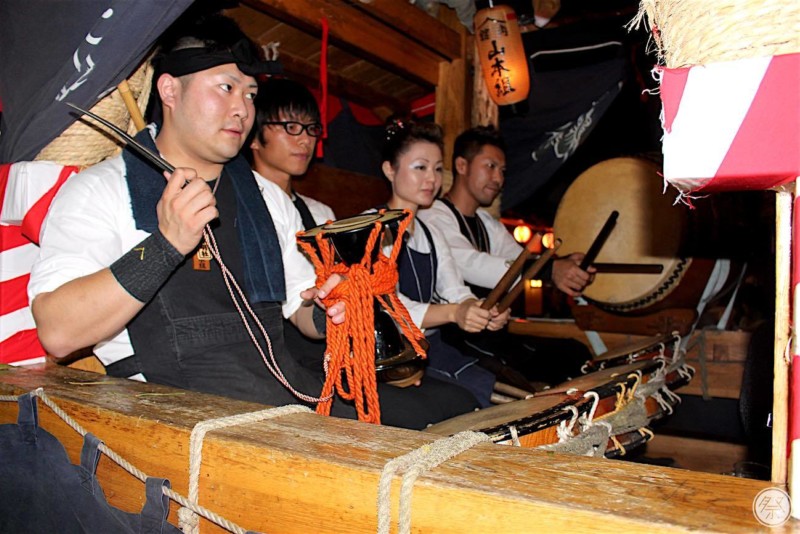
The Hikiyama are built as ways to honor and pray to both Shinto and Buddhist spirits, as well as a form of entertainment for the local feudal lords (of ancient times). Amongst these floats are ones called Kazariyama Hayashi, which play festive music non-stop. The musicians climb aboard the float and each play their traditional instrument. There are many sects to these Hayashi music floats each with their own original melody and folk tradition. Enjoying the differences is another attractive element to this festival.
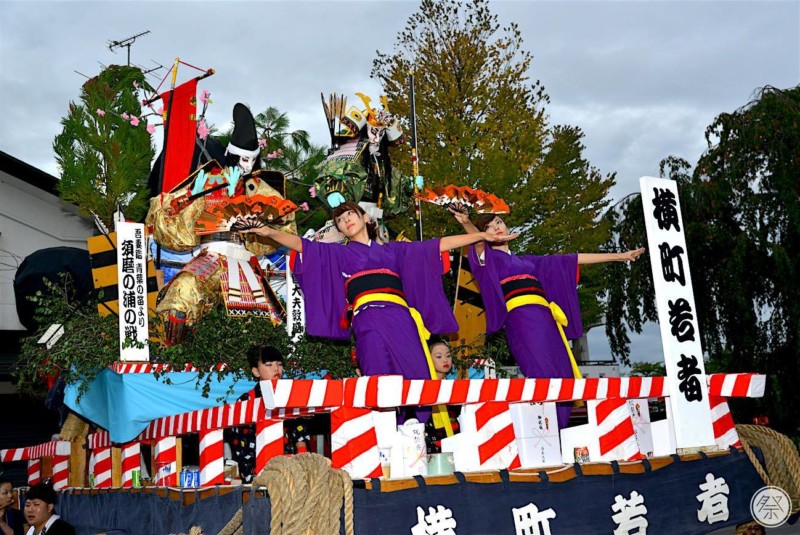
Don't miss the local women, dressed in kimono, dance to the melody of the Kazariyama Hayashi. Watching this synchronized dance is as if watching one person with your eyes crossed. This charming performance provides a well needed silent beauty to this rough and tough festival.
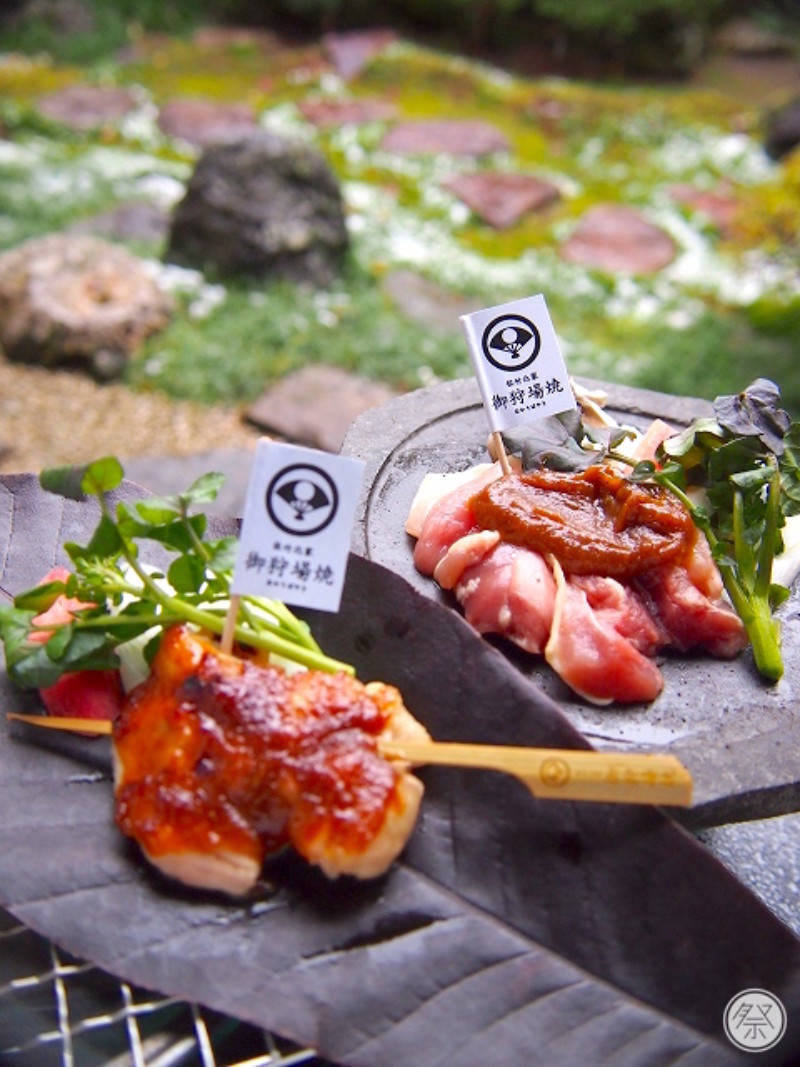
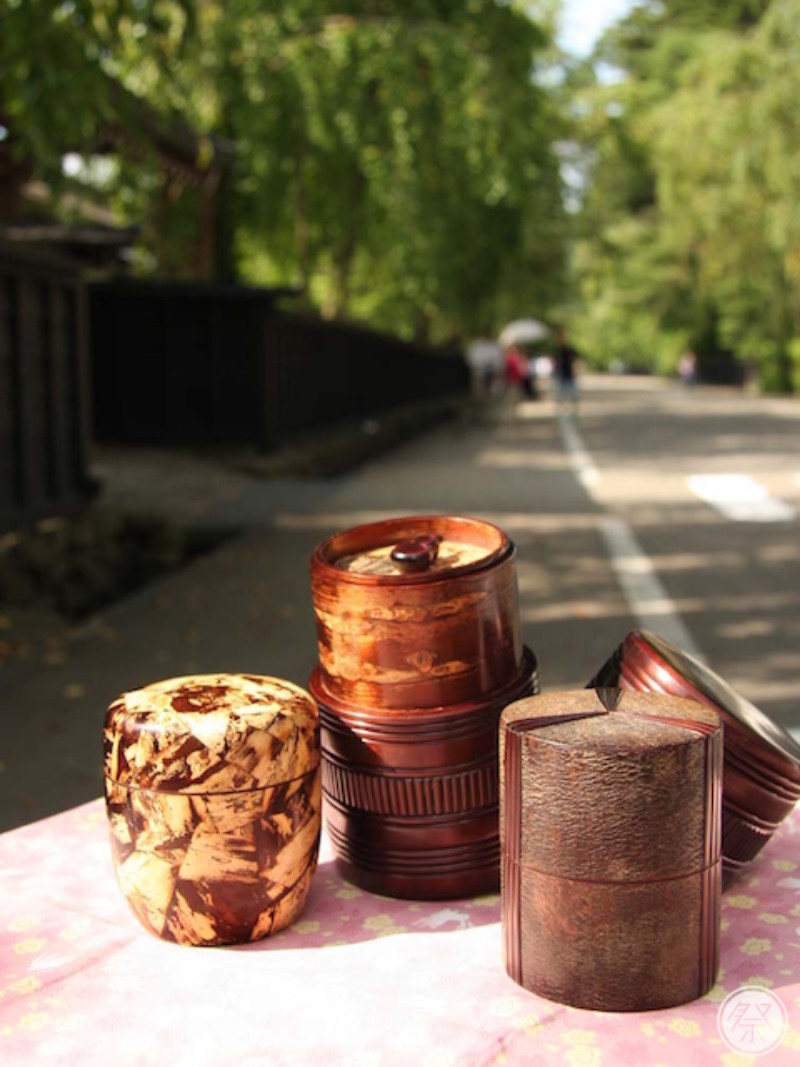
While taking in the ambience of the festival, it is a great idea to enjoy the Kakunodate original crafts and cuisine. The "Kabazaiku" is a traditional art craft using polished wild cherry tree bark. It is most often used in making tea canisters, small boxes and other popular gifts. Okaribayaki is a grilled chicken and seasonal vegetable cuisine topped with a Sansho Miso sauce. Its name "Okariba" means "hunting grounds" and comes from the fact that a past feudal lord grilled this exact meal while hunting once upon a time. It is recommended for those who would really like to get a taste of local tradition.
Please do not approach the floats during the climax. (There is a high chance of injuring yourself as the floats weigh 7 tons each.)
Access to Semboku City
[Nearest Station]
Kakunodate Station on the JR Akita Shinkansen Line
[Nearest Bus Stop]
Ugo Kotsu Ekimae Bust Stop
Venue
Entire town of Kakunodate, Semboku City, Akita Prefecture
Roughly 1min walk from Kakunodate Station to city center.